This article was published as a part of the Data Science Blogathon
Overview:
From the advent of modern Science & Technology, Researchers are trying to find a far better solution for the real-time problems we face in our day-to-day life. Technologies like Machine learning, AI, deep learning, and NLP give dynastic and diplomatic solutions in various growing sectors like finance, healthcare, and therefore the retail industry, etc, and making it more and more reliable in production.
Will Machine Learning change the long run of the health care system?
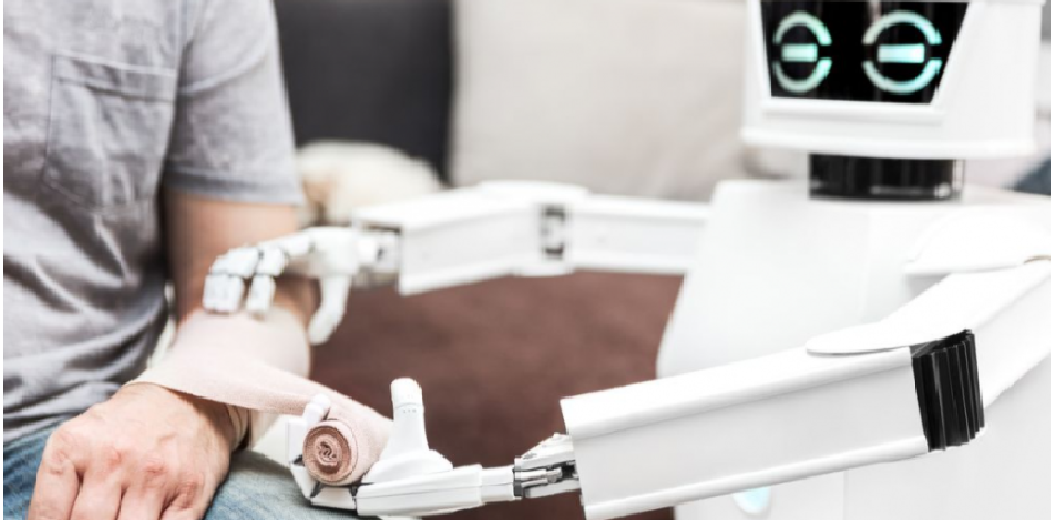
After reading this text, you’ll get the solution to the above question more insightfully. More the development in healthcare, lesser the overuse of ineffective care and underuse of effective care.
Table Of Content:
1. Introduction
2. Will DevOps bring a machine learning model to be experimental?
3. How does MLOps Operate in production?
4. start with MLOps Project workflow
5. ML in HealthCare
6. Use Cases of MLOps in Healthcare
7. Career AS A MLOps Engineer
8. Conclusion
Introduction:
Are you desirous to know how the upcoming & growing industry tackles these problems and what kind of solutions they build using this idea of machine learning?. Throughout this article, I’m getting to take you thru a replacement technology called MLOps in Healthcare, quite Interesting! right? This allows us to go deeper into this fascinating topic! So, let’s get this started.

DevOps to bring machine learning model to be experimental?
That’s sounding great! Just making the subject more clear, we all have that one question,” what’s MLOps is all about?”, Yeah! it is a set of practices that provides determinism, scalability, agility, and governance in machine learning model development and pipeline.
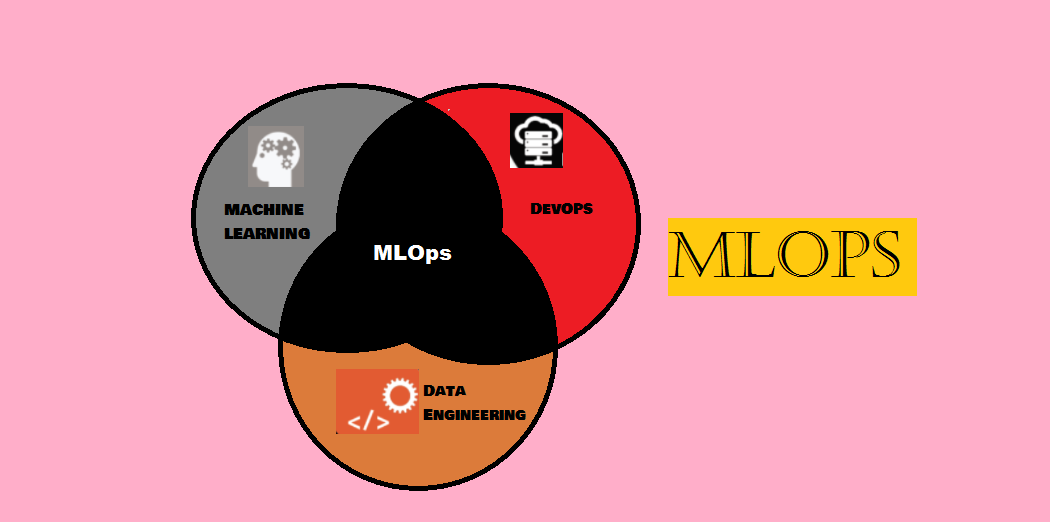
As we all know, that DevOps ensures software development and IT operations lifecycle is efficient, well documented, scalable, and simple to troubleshoot. These approaches are used by MLOps to offer machine learning applications and services at a fast rate. This new paradigm helps overcome the problems of training and deploying models into production for businesses.
Developing and deploying machine learning models seems to be a slow process because it lacks automation, collaboration is sort of difficult, and workloads are difficult to scale
Ultimately, the time it takes to maneuver from concept to production and deliver business ideas and values may be a major hurdle to the industry. So it’s strongly recommended to implement the MLOps concept to our machine learning model that’s designed to standardize and streamline the lifecycle of ML in production.
How does MLOps Operate in production?
After more and more buzzing facts about MLOps and DevOps, let’s examine something deeper about the MLOps operation in production. Making more sense of the information, allow us to see the precise definition of the MLOps.
The sequential process of integrating an experimental Machine Learning model into a production system is known as MLOps. The term could be a combination of “Machine Learning” and “DevOps,” which is a continuous development practice in the software industry. “In isolated experimental systems, machine learning models are tested and developed.”
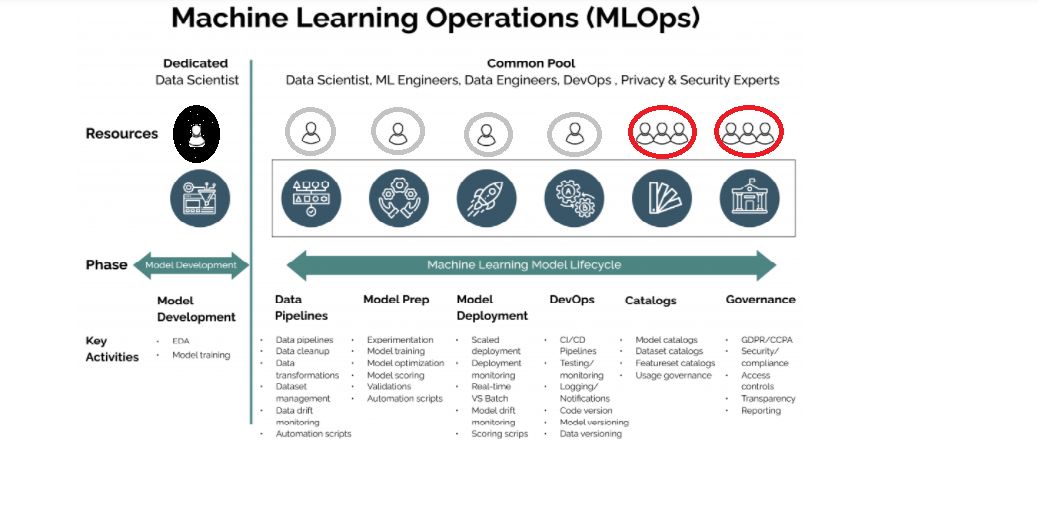
I recommend browsing the below article to understand more about machine learning operations for more insights.
These operations add a loop to develop a workflow as shown within the above MLOps data flow, Some processes and pipelines are listed below,
- model deployment
- model training
- model monitoring
- Model life cycle management
- Model governance
So, deep knowledge about these processes will help us to successfully deploy a machine learning model with more scalability and efficiency. Each process is explained below, the maximum amount because the process is more simplified.
model deployment
Data engineers use a spread of languages, frameworks, tools, and IDEs. ML teams may use MLOps to generate models using the interface, framework, and language that makes the most sense for the task at hand. For example, switching from a prototype model to a large-scale hyperparameter sweep in a Jupyter Notebook should be simple.
model training
Machine learning training is a computationally expensive and time-consuming process. To iterate quicker throughout the training phase, data scientists want on-demand access to computation and storage resources. The training phase of MLOps is infrastructure agnostic, scalable, and simplifies things for the data scientist.
model monitoring
MLOps builds monitoring systems specifically for machine learning. To monitor and compare the performance of deployed models, critical model-specific metrics must be tracked. It’s also crucial to get real-time alerts on significant indications like model drift.
Model life cycle management
Models aren’t one-dimensional objects. They’re retrained on new data regularly, and their efficiency improves over time. As teams grow in size and begin to manage many models and contributors, tooling these upgrades becomes a hassle. As new models are generated and rolled out to production, MLOps offers a structured platform for tracking their history and performance.
Model governance
Data, models, and other resources must be tightly regulated to prevent unwanted modifications and ensure regulatory compliance, if necessary. MLOps provides centralized access control, traceability, and audit logs to reduce risk and maintain regulatory compliance.
So, These are some operational infrastructures of MLOps that help data scientists rapidly deploy ML models to standardize the method for elevating models from development to production that are missing or flawed.
As we stepped into the fundamentals of MLOps, now allows us to get more and more insights about MLOps in healthcare and technology in the rest of the article.
How Machine Learning Reinventing Health Care?
When we mention tracking, collecting, and analyzing data, healthcare is probably on top of the list. An equivalent Importance goes for weather data and other limited sorts of preserved and multiplied records. That’s right. Someone’s been carefully collecting various datasets of a few large groups of individuals throughout their lifetimes. probably a data warehouse to store the pieces of data of these data.
And this is often also what Google’s DeepMind Health is doing. It’s mining many healthcare records to find out and build predictive models around specific diseases and health conditions. With the proliferation of AI and machine learning in healthcare, disease propensities will soon be easier to control, from cancer research to diabetic retinopathy. That’s an honest system of approach to form the machine treat and cure human disease. For more information visit: Google’s DeepMind Health
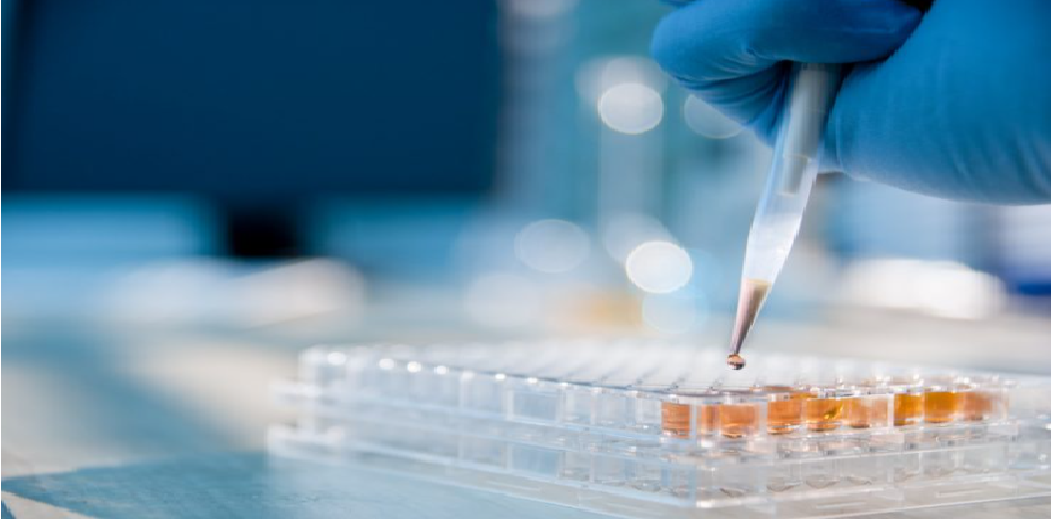
To improve more and more health care facilities, Data scientists are making new algorithms and prediction models to beat all the challenges within the healthcare sector.
Some Use Cases of MLOps in Healthcare :
With an enormous amount of medical data that is generated, healthcare organizations can leverage this magnitude of knowledge to deliver better results with greater accuracy with MLOps. AI can help healthcare organizations deliver the simplest predictions and outcomes for patients while driving down costs and significantly personalizing patient care.
AI is enabling clinicians to realize big insights from billions of pieces of unstructured data
-AWS expert
Digitized Healthcare:
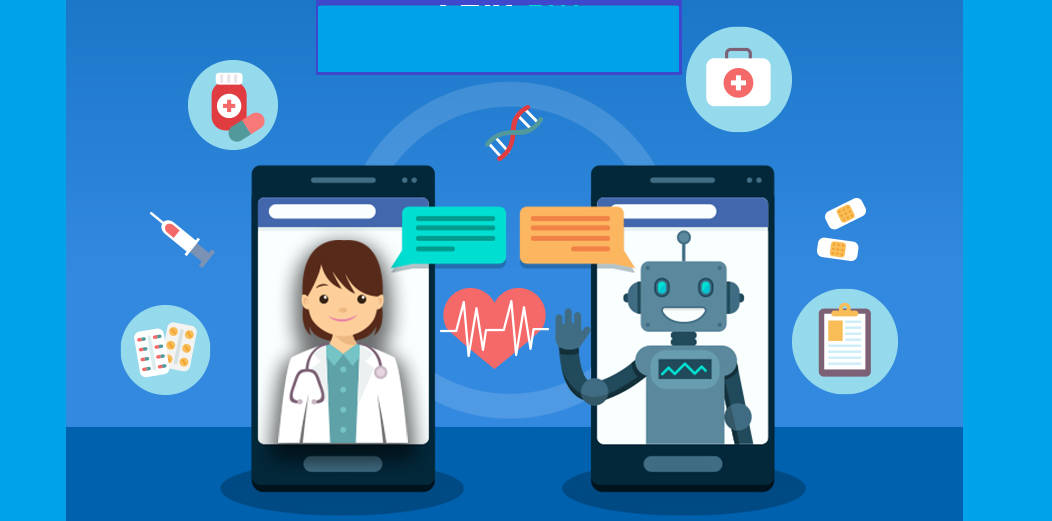
What is a chatbot?
With the arrival of AI & ML, Chatbots are computer programs capable of conducting conversations almost like those between people. Chatbots are often accustomed to automate or optimize a business process. When communicating with users, algorithms give pre-programmed responses to a given input as outputs, and their communication style or language use isn’t sophisticated or highly differentiated.
The Chatbots-a boon for conversational healthcare?
Well, Yes! Chatbots are interactive and since most hospitals do not have a strong relationship with their clients when it involves sharing information, Clients are left searching online for information. However, with user-friendly bots, they get real-time instructions that are programmable. This has boosted inclusivity, efficiency, and responsiveness. Through conversational healthcare, it’s more likable to patients as they enjoy the individualized proactive experience. More importantly, the power of Chatbots to make many conversational records saves the health care tonnes of money and time.
How chatbots are useful within the health sector?
It is mainly used for scheduling appointments, organize admissions and discharges and also schedule patient consultation needs. The prescription of Telemedicine also helps to diagnose and treat patients remotely. During this tough and challenging pandemic time, chatbots are of great hope to all or any people around the world to urge the proper treatments and precautions.
Is chatbot a cyber-safe?
By minimizing the price and increasing efficiency, Chatbots are bringing many advantages within the medical field. Meanwhile, they will be quite damaging and may cause cybersecurity issues, and causes potential threads. Therefore a judicious well tested out a system of using Chatbots in healthcare is what’s expected to be evolving in times to return.
ML Automation in Diagnosis:
Are robots – the health care system’s future?
Primarily, imagine that an individual is affected by a deadly disease, if that person is diagnosed by a robot and he’s getting well and therefore the probability of saving his life is on the mark and during this increasing day be day population, new diseases also take birth every day, the power of AI to support various aspects of the health sector becomes a serious leap which will produce prevention strategies and treatment approaches that are far more efficient and effective, including reducing the value of medical aid. Even so, some doctors believe that although AI can do a lot of things, AI cannot assume the role of human interaction.
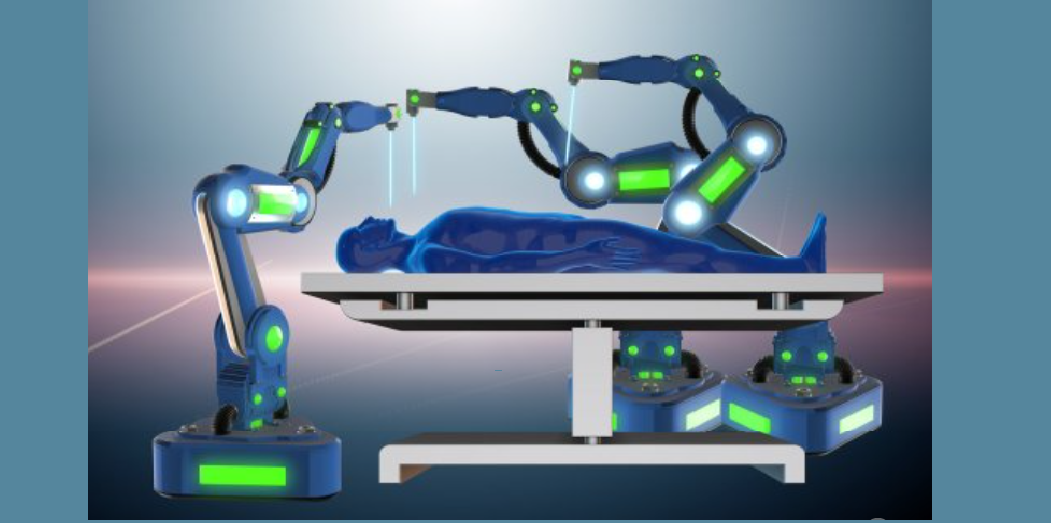
Robots to replace doctors?
Robots that are equipped with AI technology and Machine learning can analyze someone’s messy record data before operating. During the operation, the surgeon will be guided and directed by the robot. AI ROBOTS are meant to execute repetitive and tedious activities so that human doctors may devote their time and energy to situations that require human decision-making skills, creativity, and, most importantly, care and empathy.
Robotics in health care:
Robots are designed to practice and do personalized tasks for humans, AI Robots that are designed for detecting disease can scan existing medications which will be redesigned to fight disease. the utilization of AI to predict cancer patients is to get information in a person’s DNA. A body scan will be performed by RobotAI to detect tumors and disorders caused by their DNA.
Applied Health Analytics:
WILL MEDICAL INSURANCE CLAIMS SAVE A LIFE?
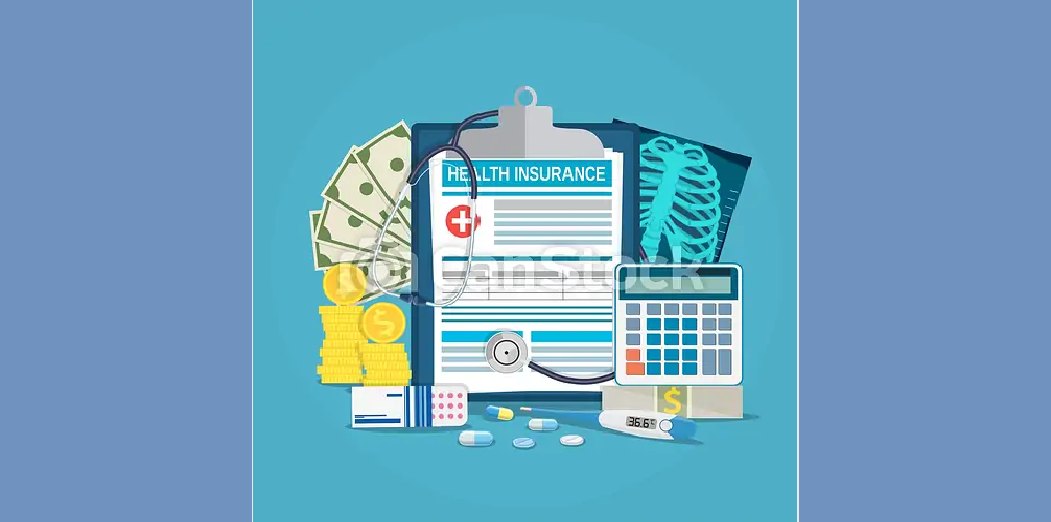
More than 1,000,000 medical insurance is claimed per day. Medical insurance is usually what pays for services within the health care industry, and this keeps customers insulated from the particular costs of the treatments they receive. This makes the demand mostly inelastic and leaves most healthcare providers in a tricky position. they will struggle to enhance quality and patient satisfaction while navigating budget pressures, customer interests, new regulations, data/directives to reduce their cost.
ML APPROACH TO AVOID THE RISK:
When it comes to MLOps, they may be hospitalized in a hospital, use healthcare services, and file insurance claims. It might elevate the potential to improve the payer’s value curve. Machine learning algorithms can typically enhance erroneous risk estimations, actuarial judgments, and payer/provider cost-efficiency with correct medical screening.
Hospital Resource Management:
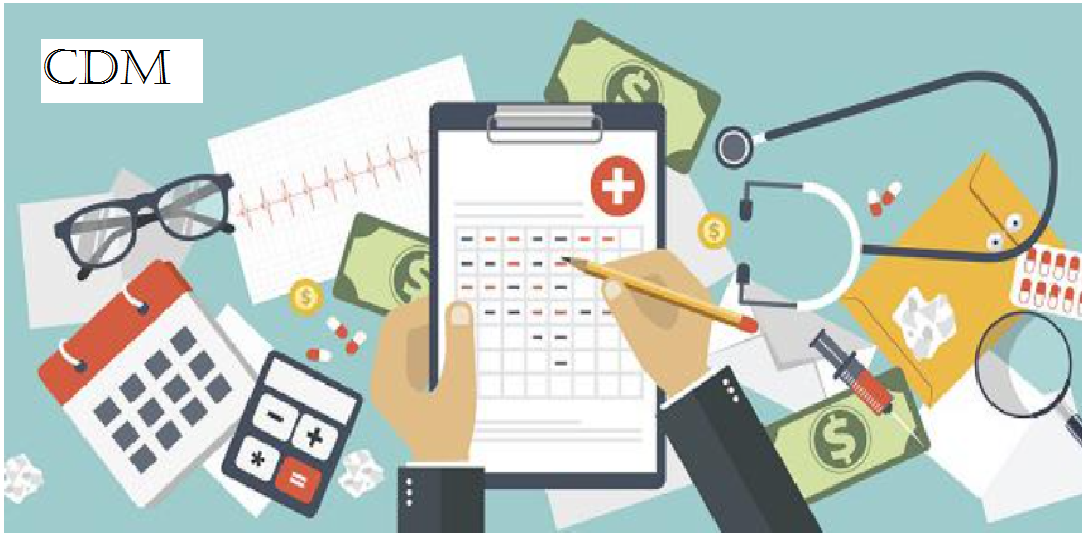
Hospital resource allocation in healthcare:
The concept of “How do healthcare organizations employ machine learning for resource allocation in healthcare?” is harder to interpret. Yes, Machine learning may help with resource allocation optimization in healthcare, where demand patterns for operating rooms are frequently discovered utilizing machine learning algorithms and related data. When it’s about grappling with the unknowns or handling the demand vs supply imbalance, healthcare organizations are using machine learning for resource allocation in healthcare. A variety of machine learning techniques may be used to allocate resources in healthcare, and a few of them are included here.
Patient demand prediction connecting to hospital staffing optimization is one among the common processes in Healthcare organizations that give the task of promoting efficient allocation of resources. It is a data-driven decision triggered by the power to forecast patient volumes and make the proper staffing decisions which will help render top-quality care and better patient outcomes. Taking historical data encompassing patient demand data into consideration, demand forecasting is often made possible through machine learning algorithms wherein staffing needs are often adapted to support the patient demand forecasting performed through the exercise.
Predictive analytics for resource allocation within the healthcare system involves in terms demand enveloping incidents and emergency calls and responses to the emergency calls. One such demand is that the time-period uncertainty wherein ambulance response optimization raises in relevance. The method to overcome the time-period uncertainty lies in leveraging GPS-based ambulance location data. To interrupt those uncertainties, we use a machine-learning algorithm called Time Series analysis.
1. Time series analysis for resource allocation in ML:
Every historical data features a rich account of the locations of the ambulance, incident location, time of the incident, day and month of the incident, the space between the ambulance and therefore the incident reported. This now develops into a time-series problem wherein historical data feeds are often wont to find answers to beat the time uncertainty that matters most.
By implementing a machine learning algorithm, we will make a collection of predicted data which will be used for creating the longer-term prediction of where an accident could happen and the way it is often avoided,
· Whether the hospital management is making proper utilization of resources to respond to incidents reported?
· if any resources aren’t being utilized well being placed at a specific location?
· Ways to optimize resource allocation which may easily answer incidents that happen at a specific time, month, season, etc.?
Historical data made it possible!
Predicting where incidents could help them to optimize resource allocation is additionally possible by making the simplest use of historical data. Historical data can lead the way to predict incidents and optimize resource allocation to make the proper use of resources at the proper time.
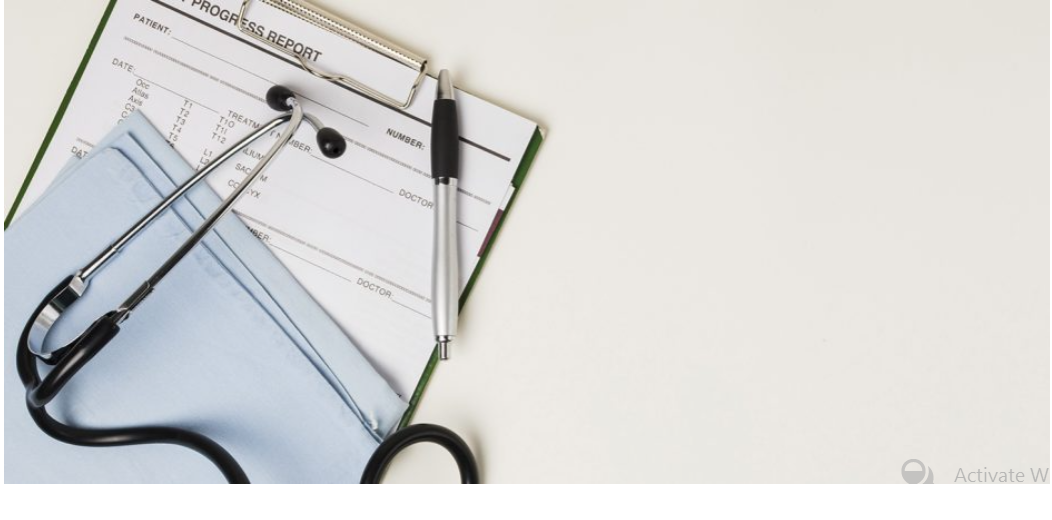
Yeah! This information about DevOps and MLOps sounds great right? AI and machine learning in health care are among the foremost fastest and developing industry so more and more innovations are booming day by day.
Career as an MLOps Engineer:
Are you keen to master machine learning, Just start from scratch? Understand the issues, develop a physical logic behind the method, apply these techniques to completely analyze the medical data, and ascertain more insights. and see the fun!
As an MLOps engineer, you’ll take a central role in making Snorkel Flow seamless to use for data scientists, engineers, and operators alike. Your responsibilities will include building core infrastructure around model training, model deployment, ongoing monitoring tools, and far more, So start by today and catch the throne!
CONCLUSION:
MLOps takes a collection of best practices aimed toward ML lifecycle automation that combine the system development and operations aspects. By the mixture of DevOps, machine learning, and data engineering, MLOps can bypass the bottlenecks that exist within the deployment process. Researchers have said MLOps can work well in critical industries like healthcare and finance to eliminate more time-consuming tasks.
We made it and applause for creating it to the top of this comprehensive knowledge-packed resource! this is often not an exhaustive list of questions transitioners ask but it does cover the KEY questions you ought to be ready to answer in your journey.
To conclude, during this article I attempted for instance some use cases of MLOps in Healthcare & you’ll implement MLOps as a beginner. By now, I am sure, you’d have thought of common use cases of healthcare. I take this as an appreciation that you simply read my article.
So if you are feeling I missed something, feel free to feature within the comments below!






Nice one, lavanya
Awesome and excellent....MLOps made clear in such a easy manner... Very good.. Keep it up.. Expecting more articles
Great friend 🙌🙌✌️👏🤗🤗